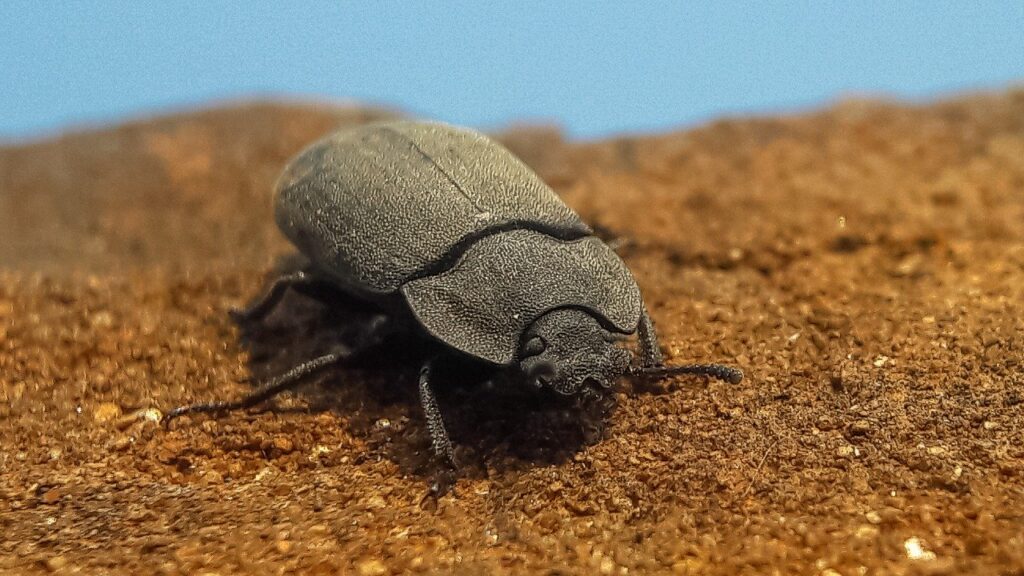A gathering of scientists have tracked down a tiny beetle in fossilized droppings of the Silesaurus opolensis – a lizard-like creature related to the dinosaurs. It was discovered when the scientists were scanning inside the poo, using special technology, to find more about what the creature ate when they tracked down the special beetle. It was pretty much nothing, had a beak, weighed around 15kg and lived in what is presently the country of Poland around 230 million years earlier.
Martin Qvarnstrom, from Uppsala University in Sweden, moreover one of the scientists behind the discovery, was quoted by BBC saying that, “We were completely amazed by the abundance and awesome preservation of the beetles in the coprolite fragment”. He added, “There are heaps of things you can consider subject to fossilized droppings”. As per researchers, the beetle was too little to even think about evening consider having been the singular prey for out of date lizards. Consequently, it has been assumed that it may have been swallowed nearby greater beetles. In any case, the excess pieces of those insects didn’t end up in droppings in an undeniable shape.
For the most part, creatures like it would be preserved in brilliant rather yet this beetle is really all around preserved inside the droppings with its legs and antennae totally unsullied. In the meantime, earlier in June, a huge dinosaur found in “the Land Down Under” was recognized as another species by paleontologists. The dinosaur, as of late named as “Australotitan cooperensis” wandered the Earth around 100 million years earlier and set up the “titanosaur” family.
The foremost depiction of the species comes 15 years after its bones were uncovered in the country. Paleontologists check that the species was 5-6.5 meters (16-21 feet) high and had a length of 25-30 meters (82-98 feet), making it the greatest dinosaurs species found on the continent. “Taking into account the preserved limb size relationships, this new titanosaur is evaluated to be in the principle five greatest on earth,” Robyn Mackenzie, a manager of the Eromanga Natural History Museum was quoted as saying by AFP.
